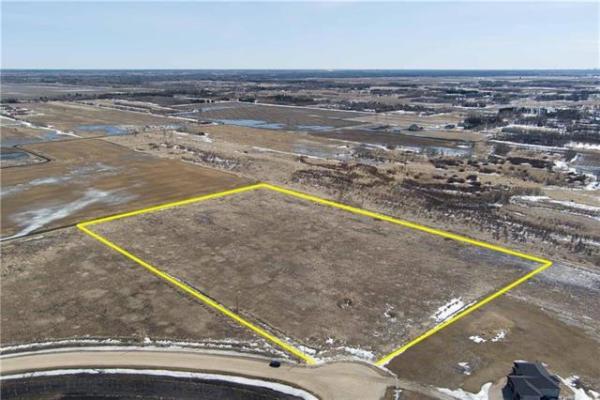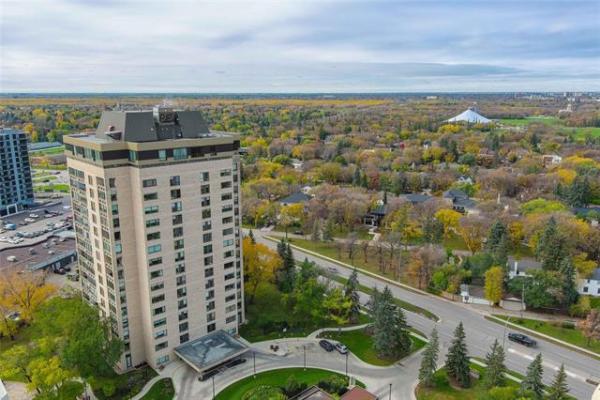Question: We have a wood stove from the 1950s in our living room. When I was about to paint the wall, I noticed a few pieces with loose fibres of paper or paperboard behind the stove. Could this be some kind of asbestos paper? If yes, is it safe to leave it there, untouched? Or would you recommend some actions?
Best regards, Thor Hirsch.
Answer: It is likely that the fibrous paper you see sticking out from behind your old wood stove has an asbestos content, but there is no need to panic. Sealing the gap between the wall and the materials surrounding the stove should be all you need to do to properly encapsulate the asbestos paper and prevent any health concerns, as long as the old heating unit is no longer used.
There are numerous materials in older homes that have some asbestos content and it seems like they are finding more every year. This can range from really old plaster to relatively recent drywall compound. Most of these products have the asbestos embedded in a relatively stable material, which should not be harmful unless damaged. Older vinyl floor tiles are a good example of a product that may have a significant content of asbestos, which is surrounded by very durable vinyl. Unless the tiles are cut, scraped or sanded, there is almost no chance the asbestos fibres will come loose and become friable. This also goes for the greyish-white tape or paper that was commonly used for heat protection for fireplaces and heating ducts. That is the likely material that you see sticking out from behind your older wood stove.
The asbestos paper product in your home is one that is quite commonly found in homes built in the 1950s and earlier, and is not often a serious concern unless it is deteriorated. It is mostly found on the outside of warm air ducts, which are pressurized when the furnace is operating. Because of this, it is very unlikely that any loose fibres will be sucked into the ducts and circulated throughout the house. The easy fix for that situation is to cover the material with modern duct tape, or aluminum tape, which prevents the fibres from coming loose and becoming airborne. This process, known as encapsulation, is the acceptable alternative remediation to removal. Taking the asbestos-containing product out of the home is more likely to release fibres into the living space, and is normally a costly process done by a licensed remediation contractor. Because of this, these specialists take many precautions to prevent contamination of the home during the removal process.
The approach I would recommend for you is the first one, where you seal up any accessible material. Since you have only a tiny amount emanating from behind the solid material surrounding your old stove, it should be easily accomplished. First, you should carefully push any of the protruding paper or loose material back into the tiny gap. You should wear a proper respirator, or mask rated for asbestos, goggles, and gloves when working anywhere near an asbestos-containing product. Any small amounts that fall out should be immediately discarded and the area vacuumed with a HEPA filter appliance after you are done. Once no loose portions of the product are sticking out beyond the gap, it should be caulked with an appropriate sealant. The sealant should be high quality, flexible, and designed to adhere well to masonry surfaces. This is normally applied with a caulking gun and should be the end of the job once it is cured. Using a paintable caulking will also allow you to complete your wall painting job properly.
The next item to discuss is another safety aspect of the wood stove area unrelated to asbestos. The photo you sent me suggests your old wood stove is installed almost directly against the wall behind it. Regardless of the very thin layer of fire-retardant paper between this and the walls, it will likely not meet safety requirements for clearance from combustible materials. Even if the material surrounding the stove is non-combustible stone the sides and back appear to be too close to combustibles, even if there is an air space behind the unit.
Also, I don’t see a typical stove pipe or chimney coming out of the top of the unit, so it has either been removed, or is coming out the back and exiting through the exterior wall. If it has been removed, and the stove is simply decorative and not in use, that is fine. Otherwise, the horizontal pipe sections may be a major fire hazard, are fully enclosed, and also not visible for inspection or cleaning. Either way, this unit should not be used under the current circumstances, as it could put you and the other home occupants in serious danger.
Finding a minor amount of asbestos building materials in your older home, even if it is slightly deteriorated, may not be a need for major concern. Simply covering and sealing it in place, with a good quality caulking, should prevent any further safety issues other than highly hazardous use of the wood stove.
Ari Marantz is the owner of Trained Eye Home Inspection Ltd. and the past president of the Canadian Association of Home & Property Inspectors — Manitoba (cahpi.mb.ca). Questions can be emailed to the address below. Ari can be reached at 204-291-5358 or check out his website at trainedeye.ca.
trainedeye@iname.com



